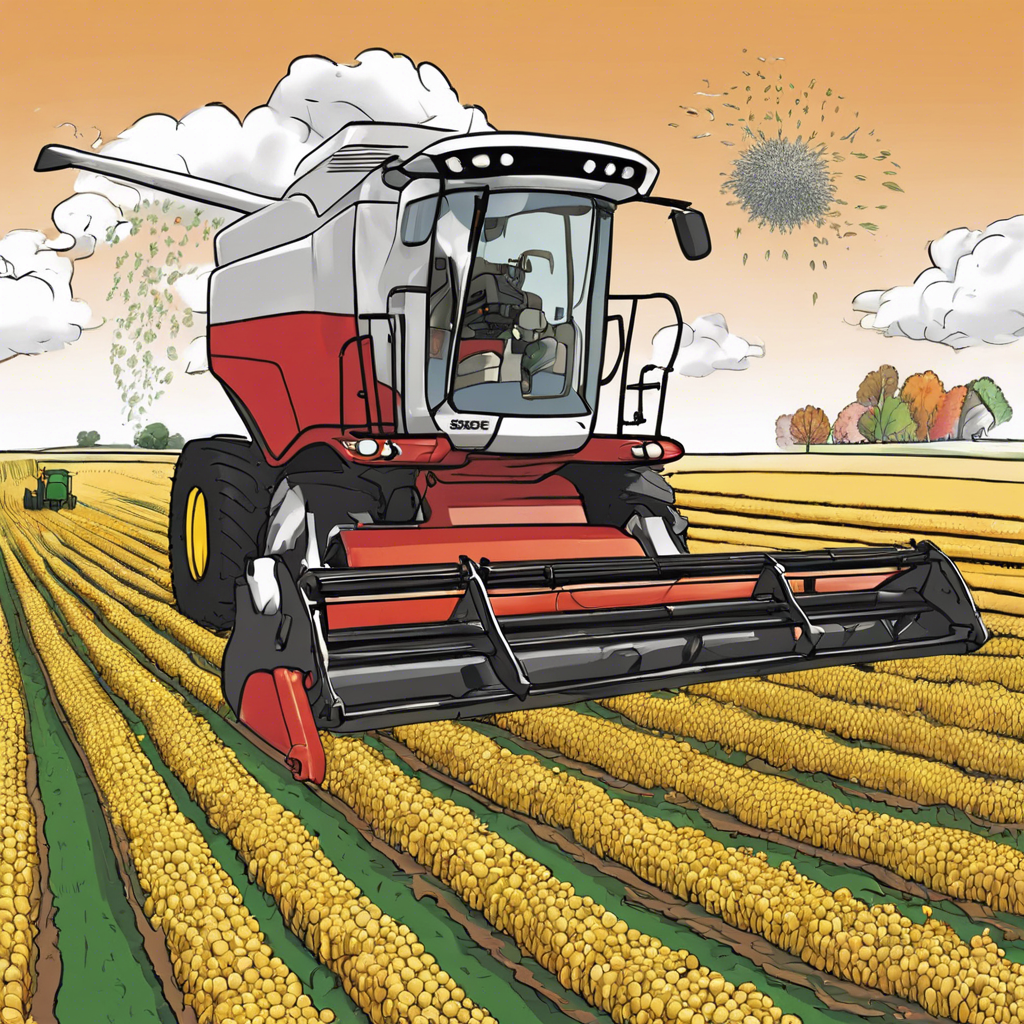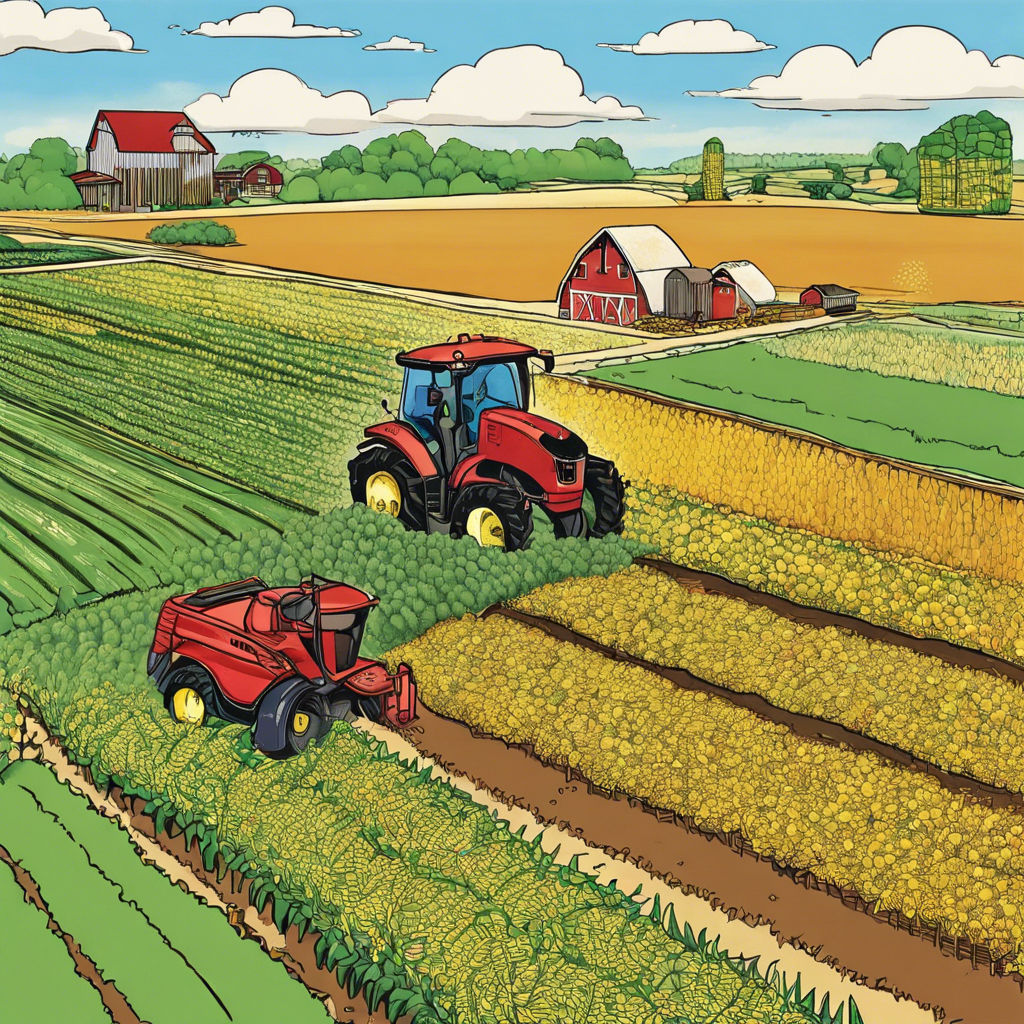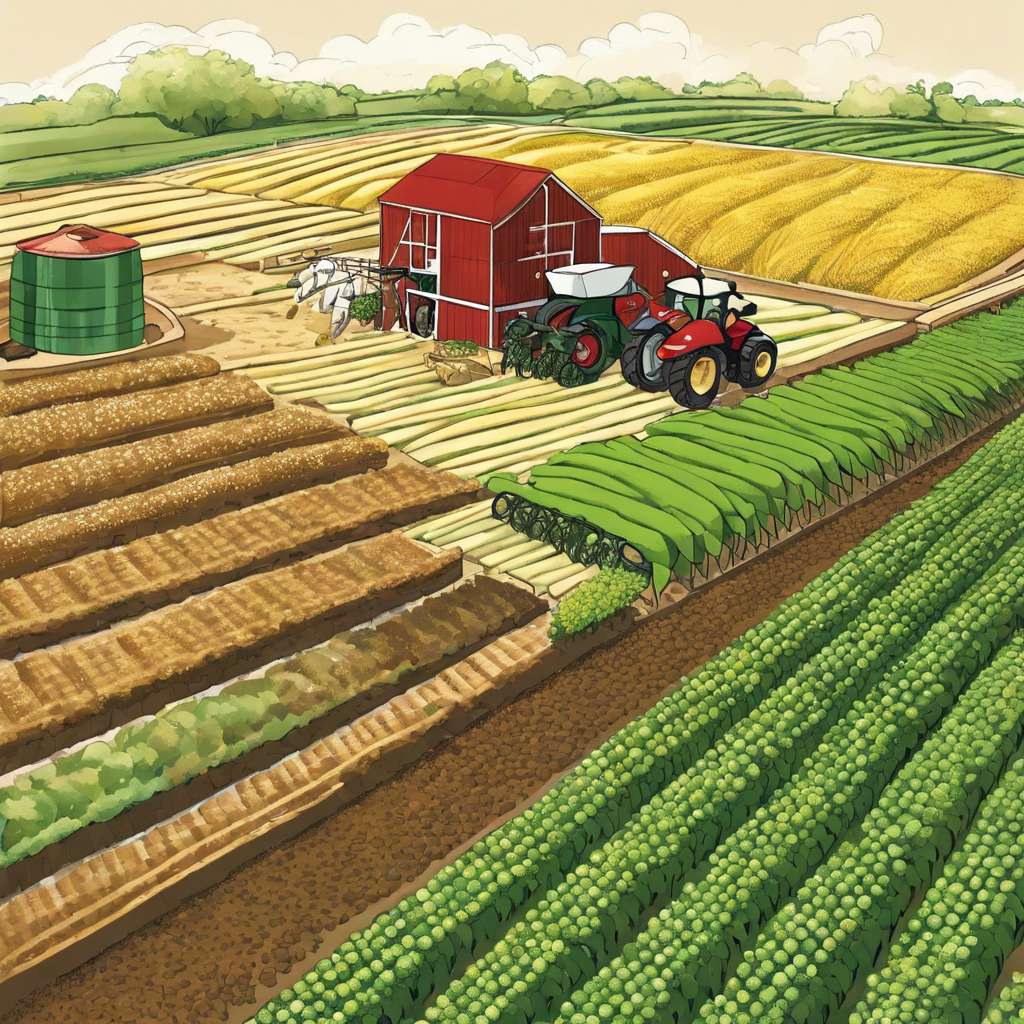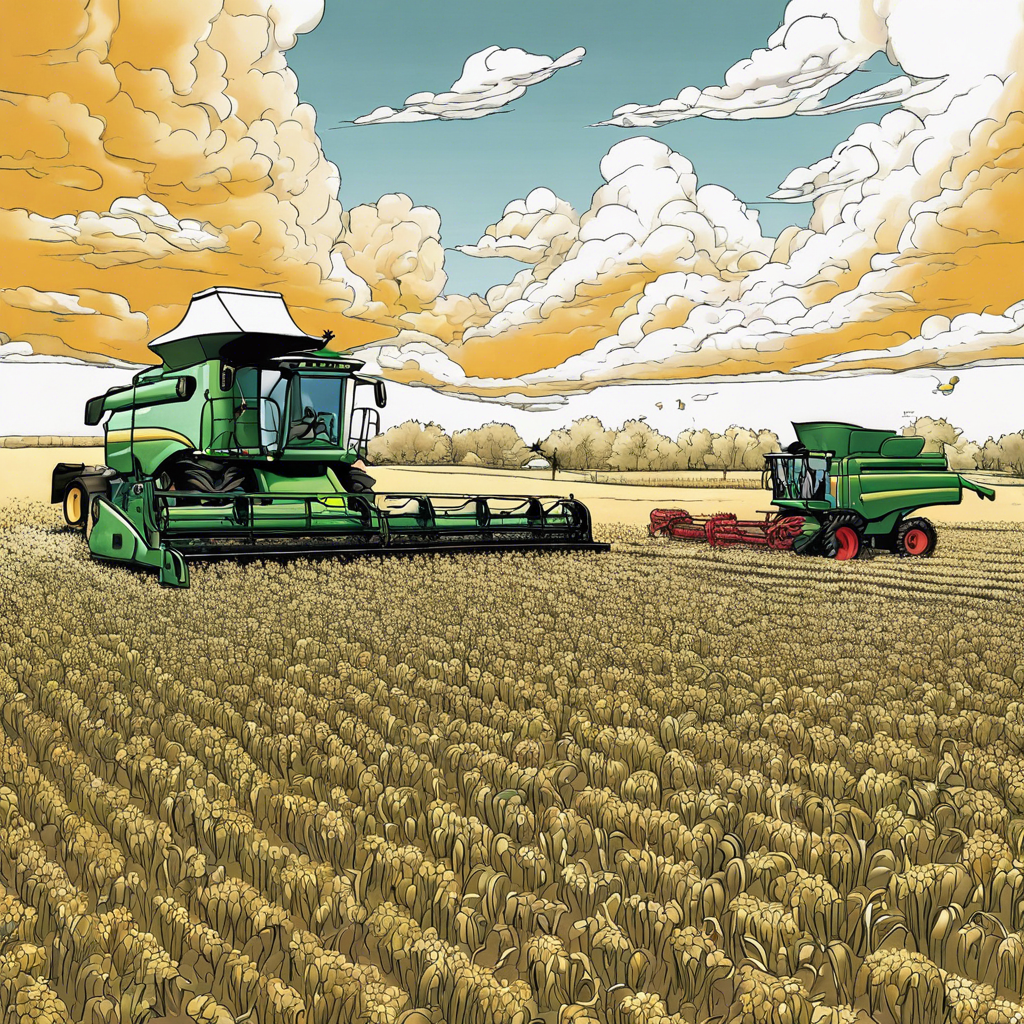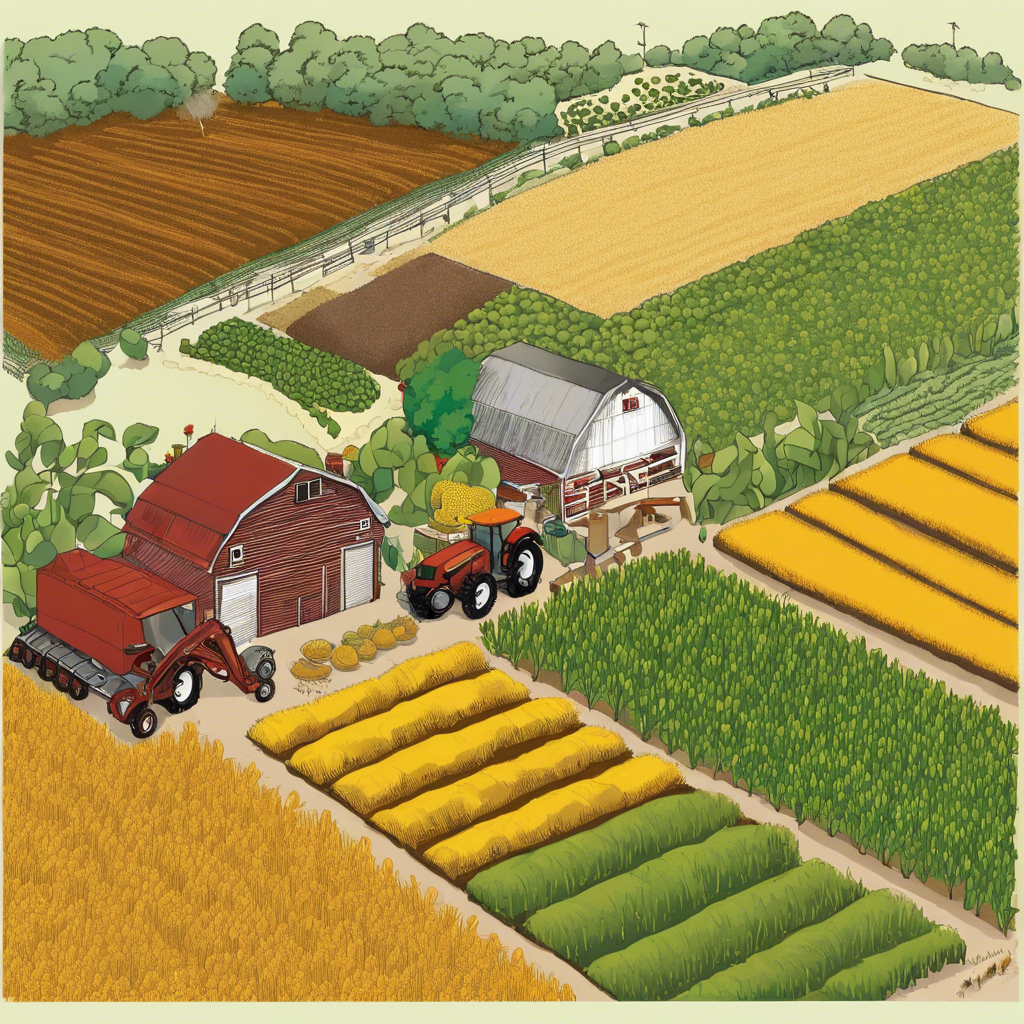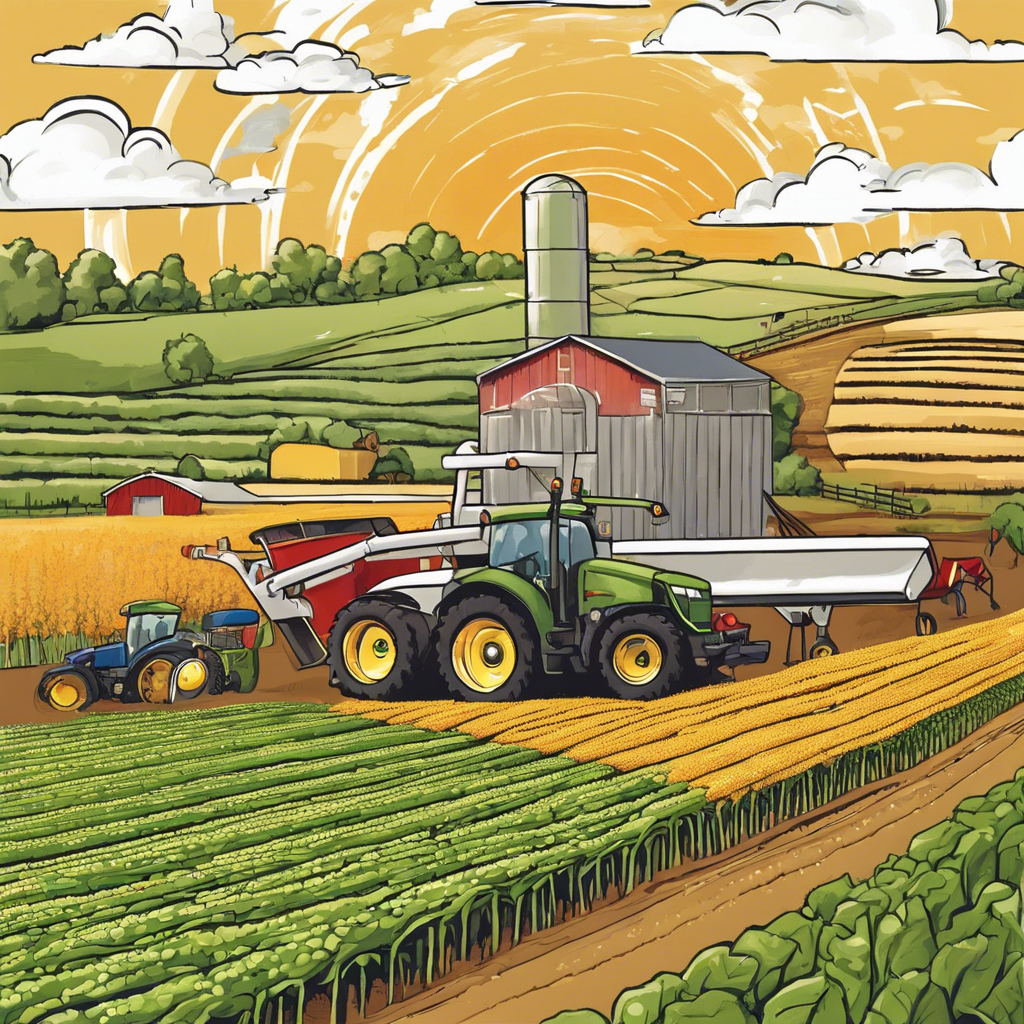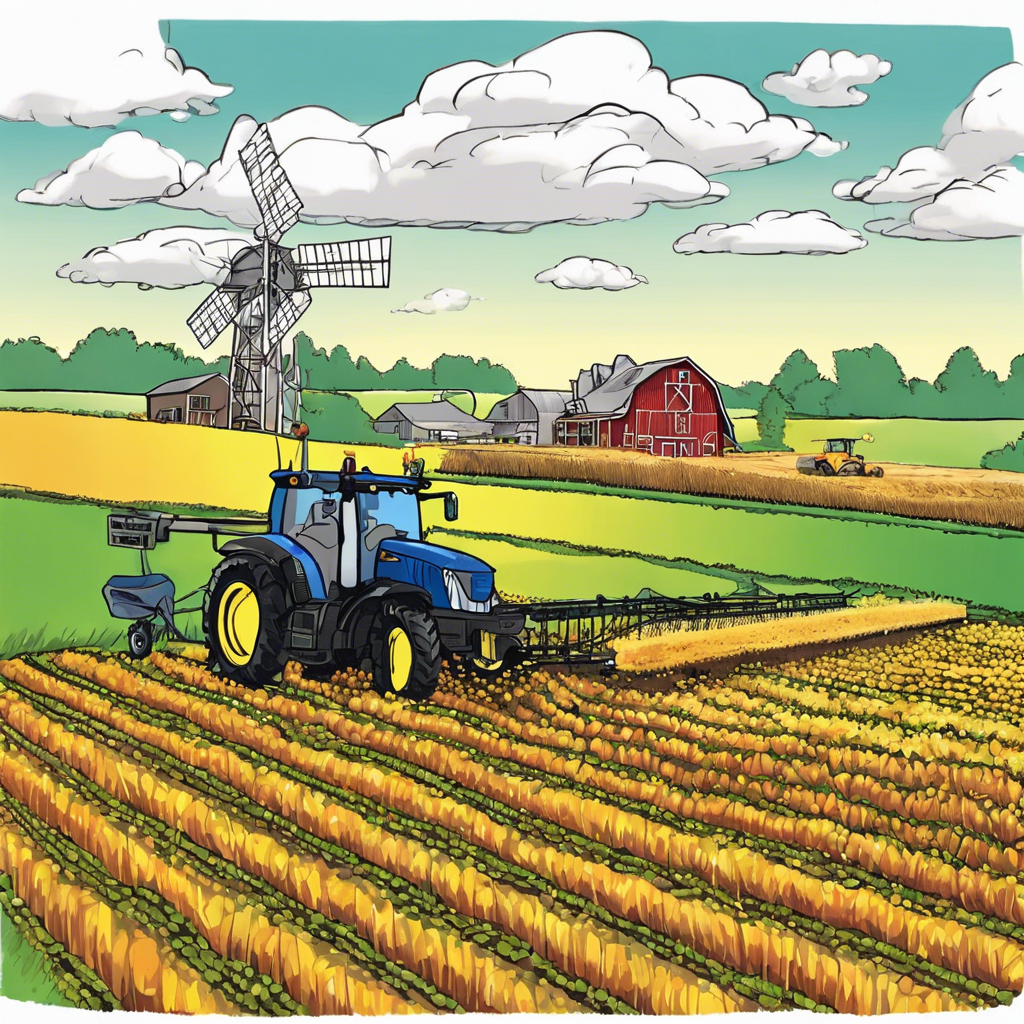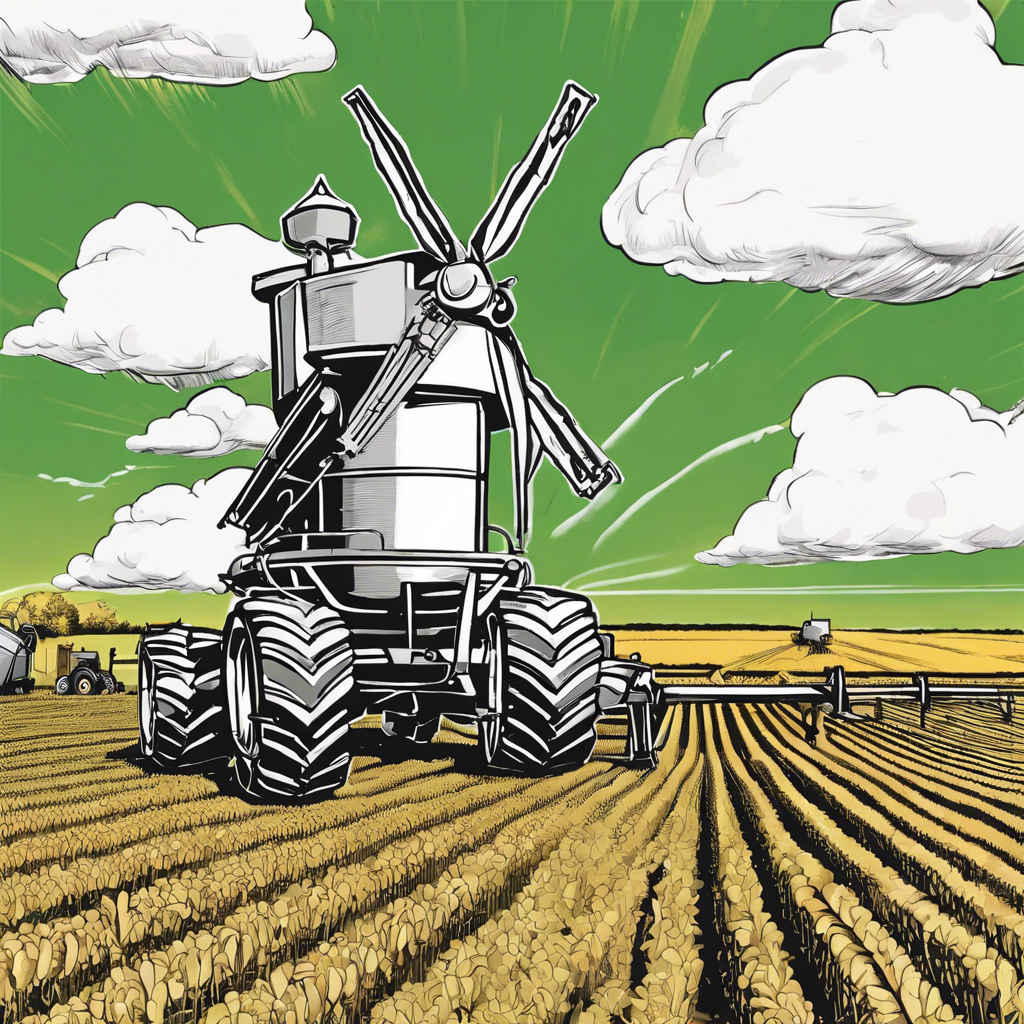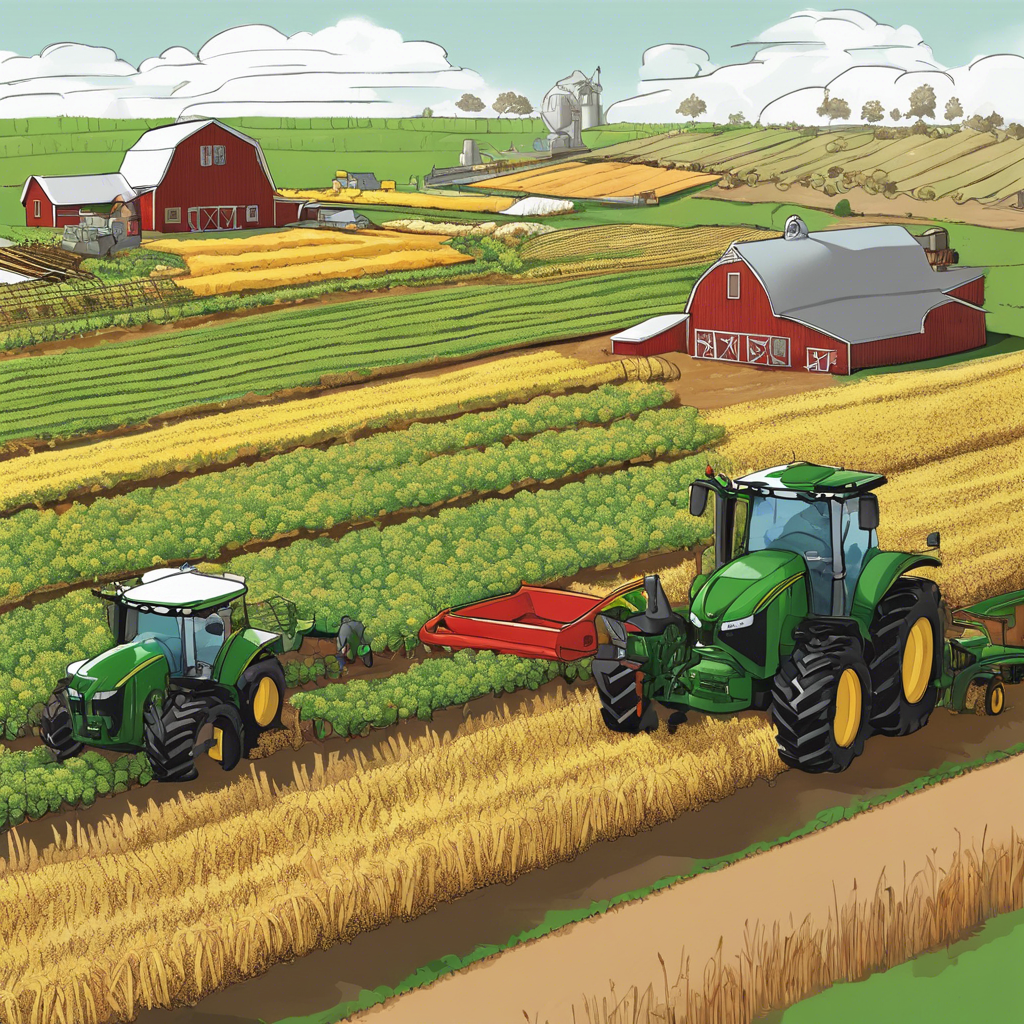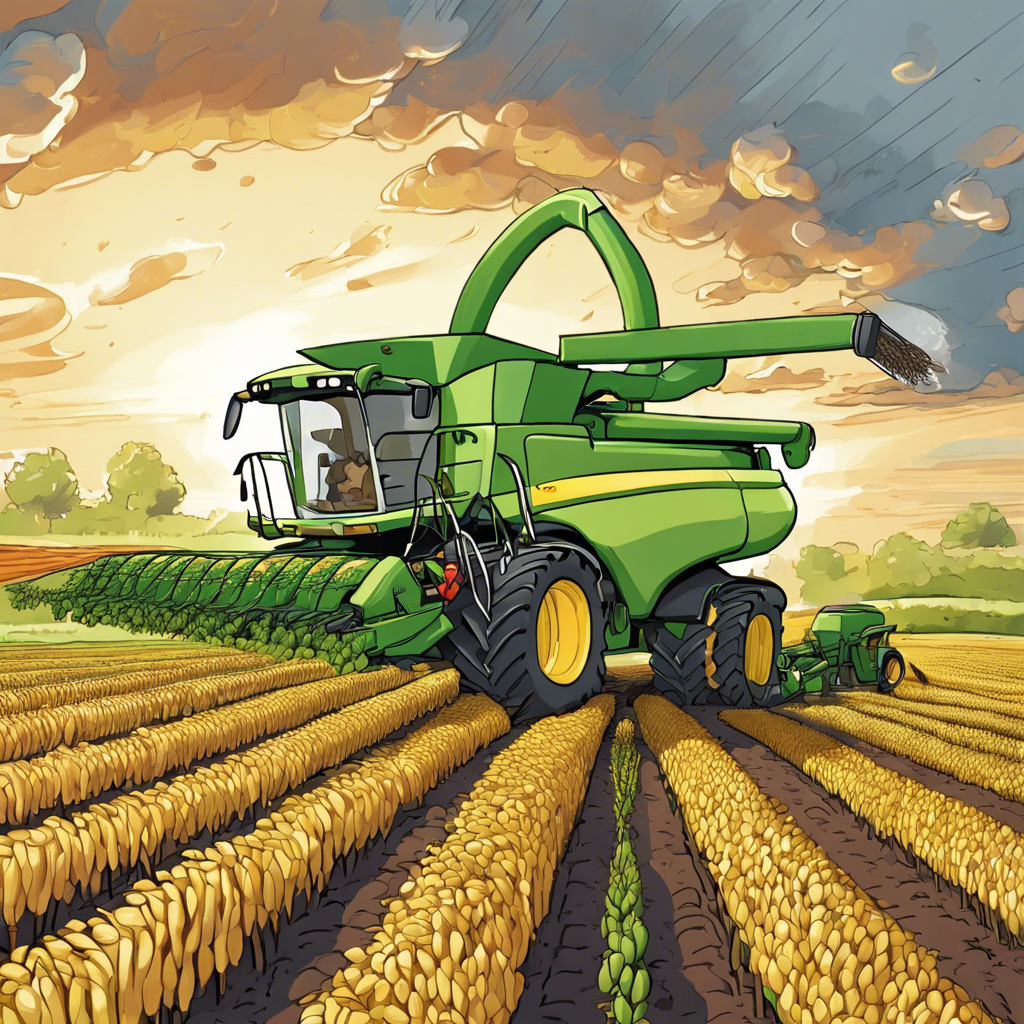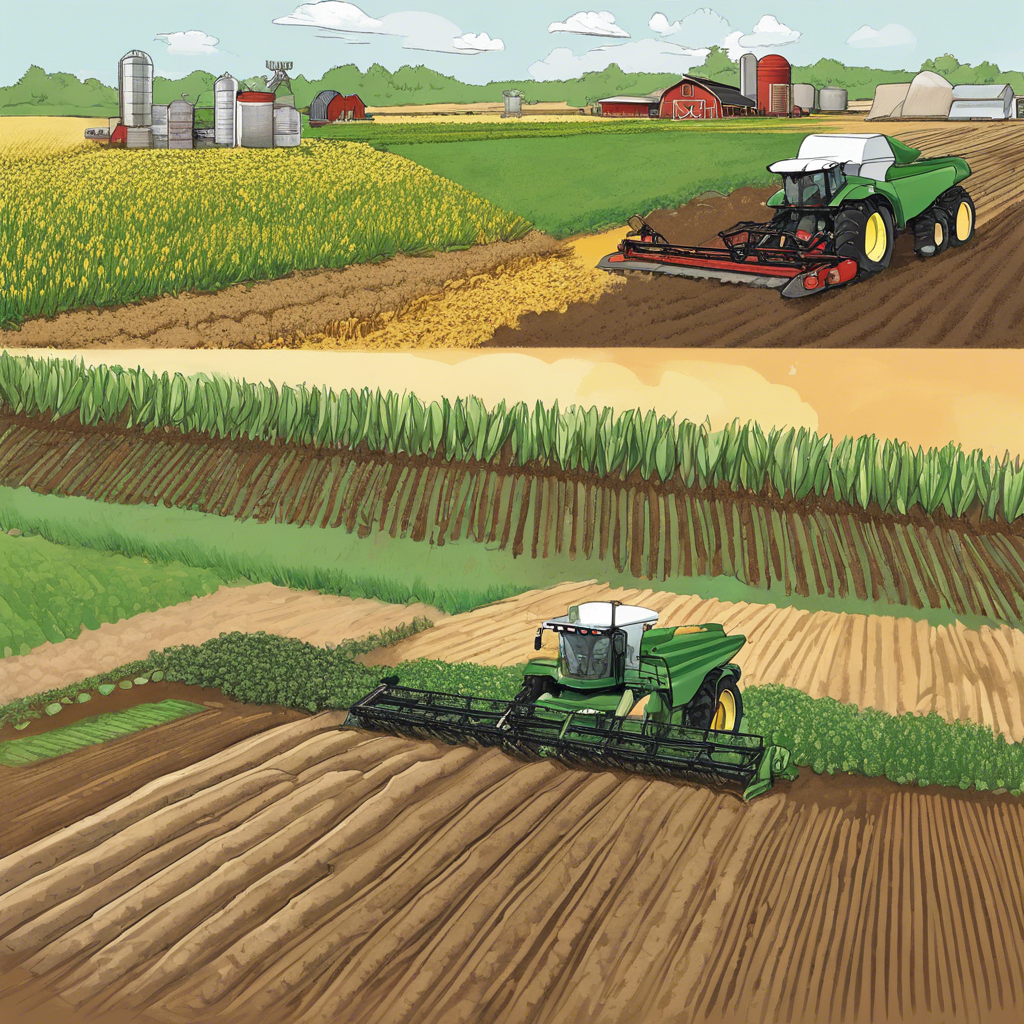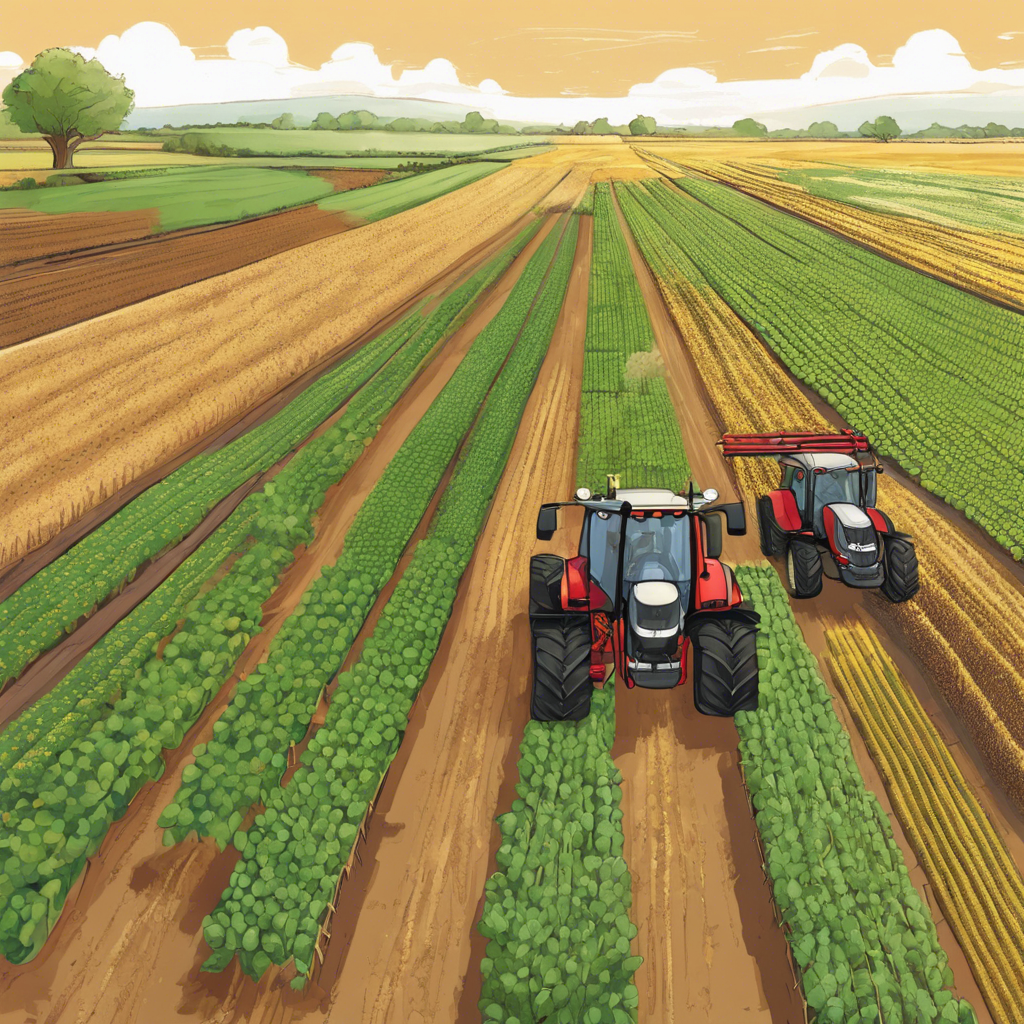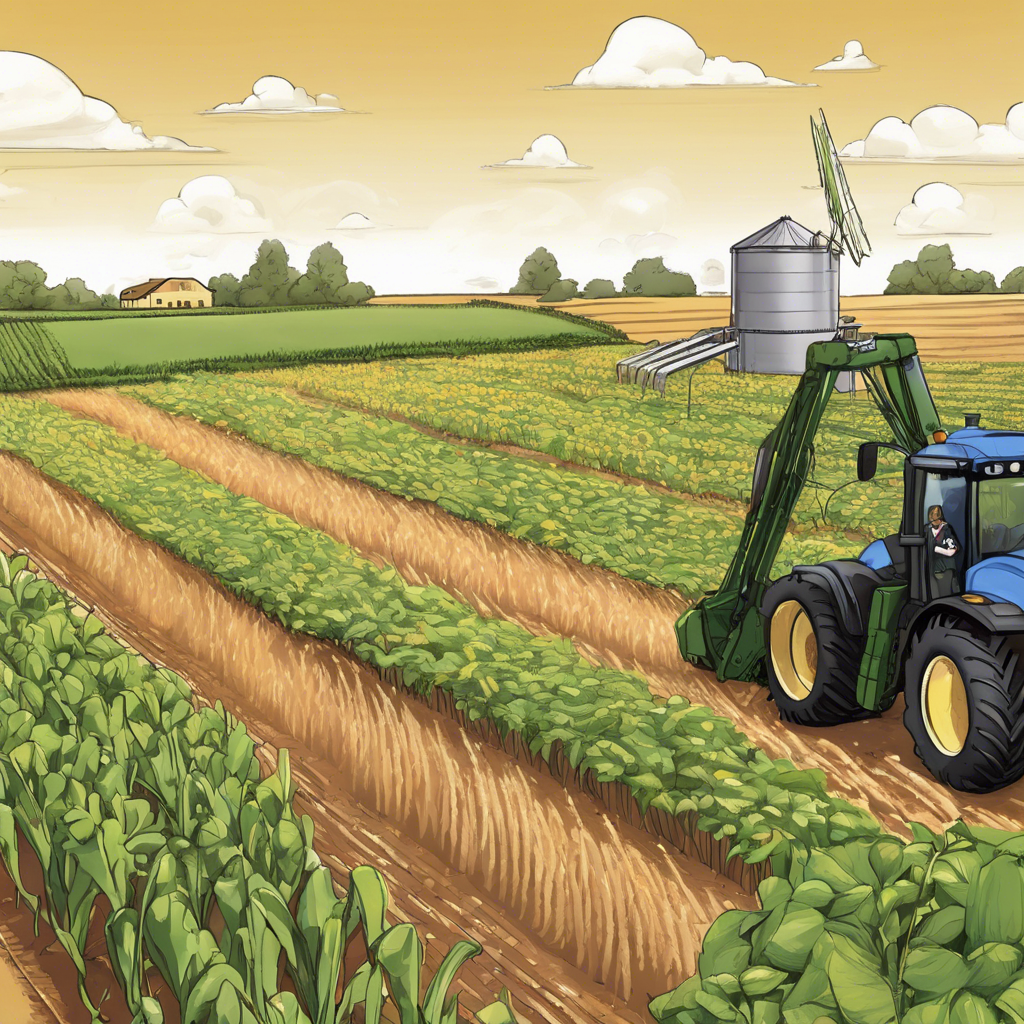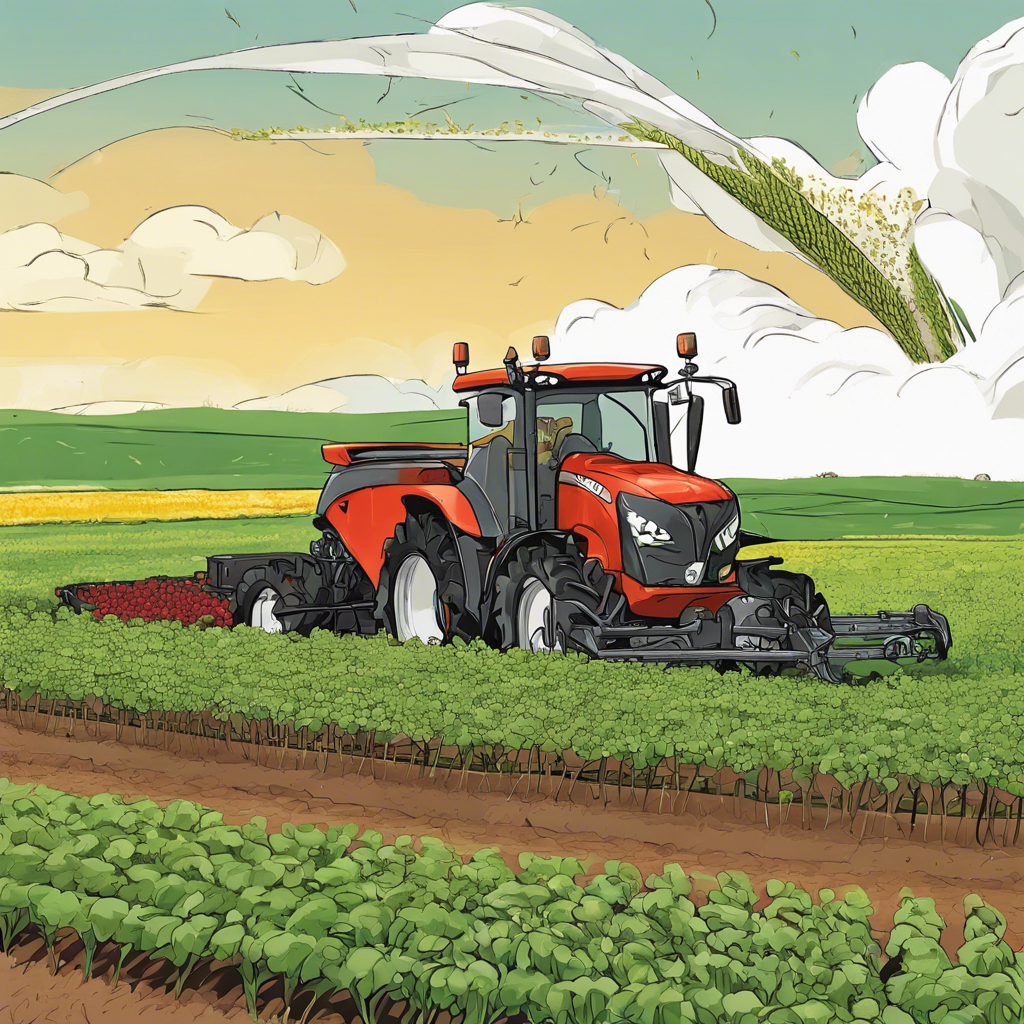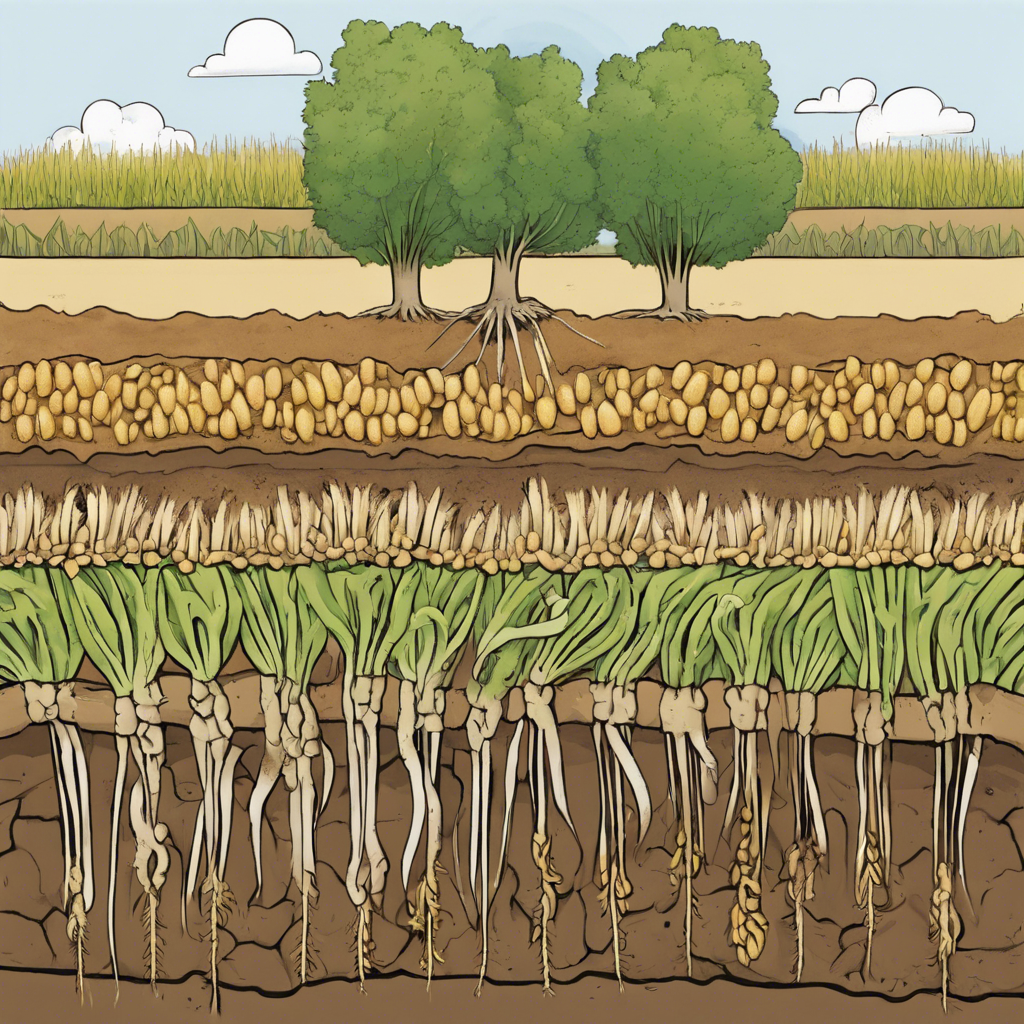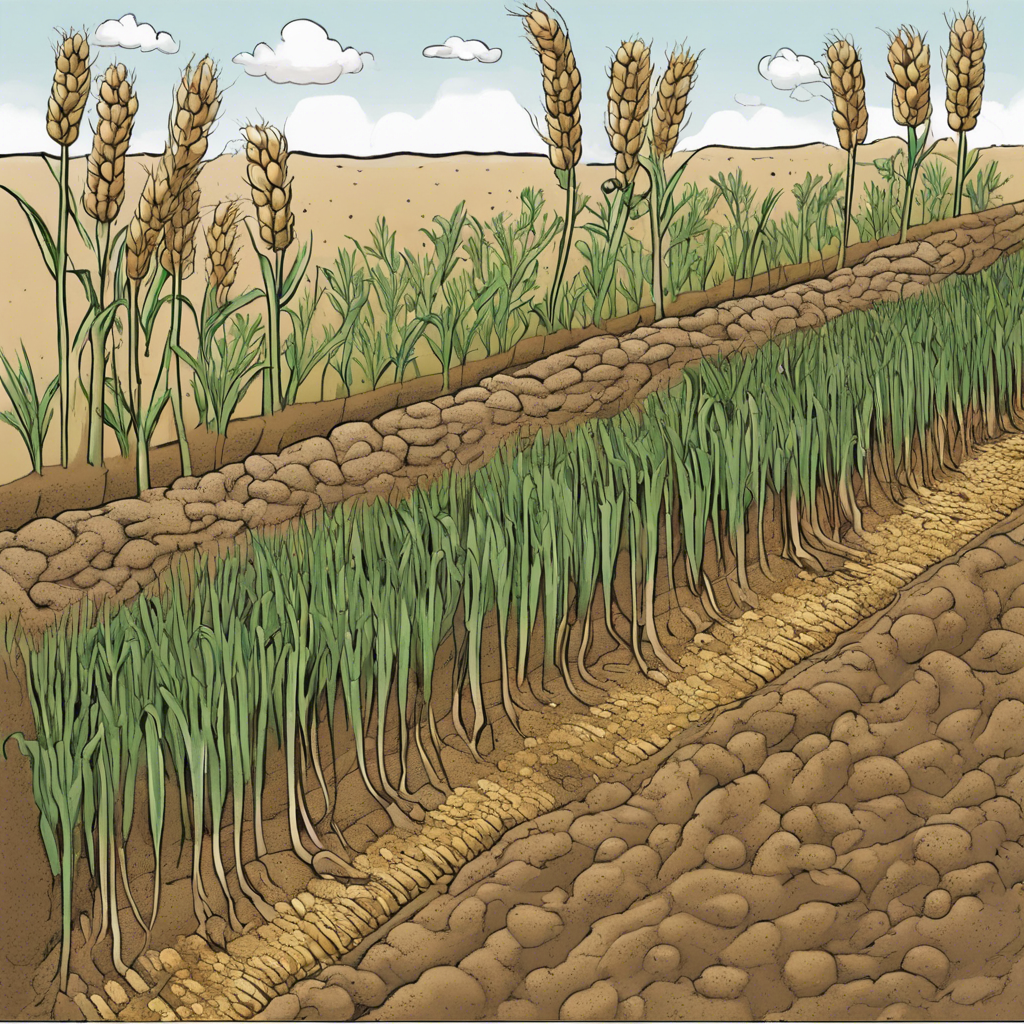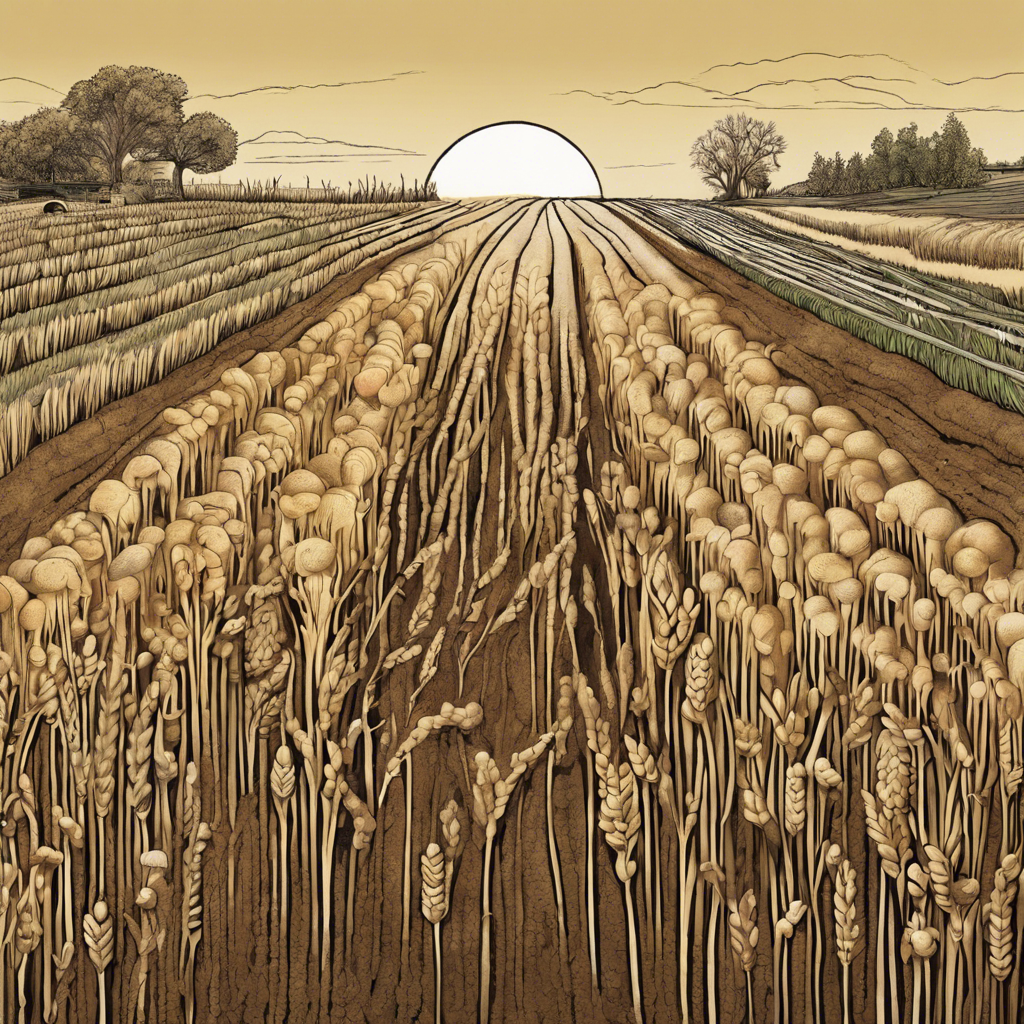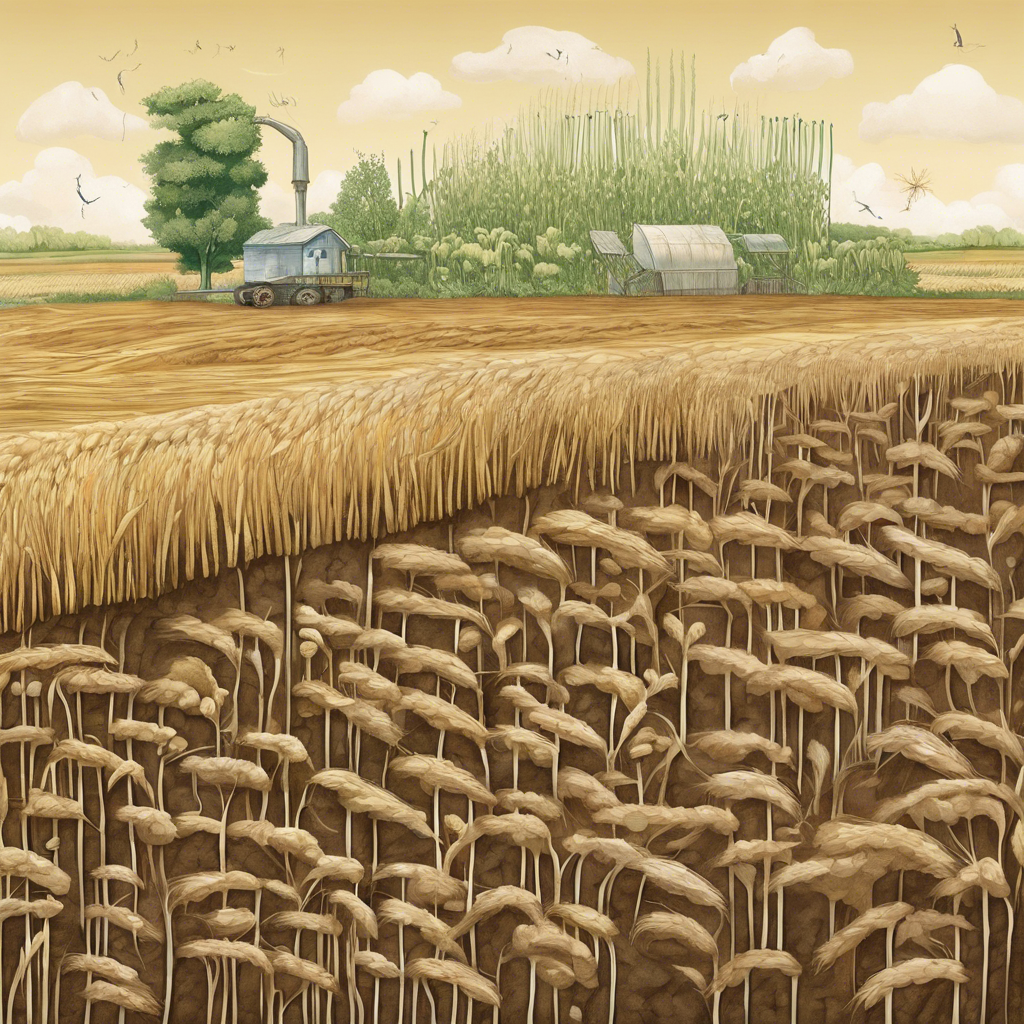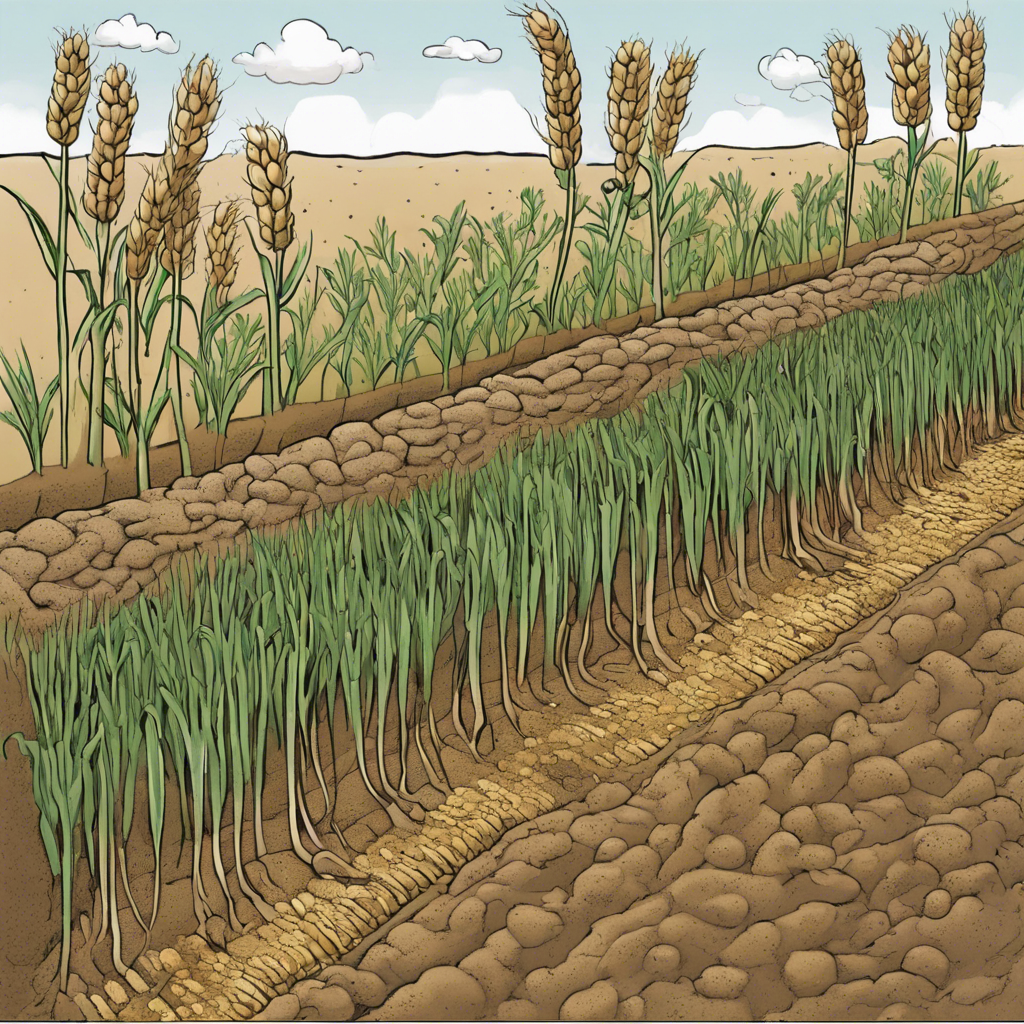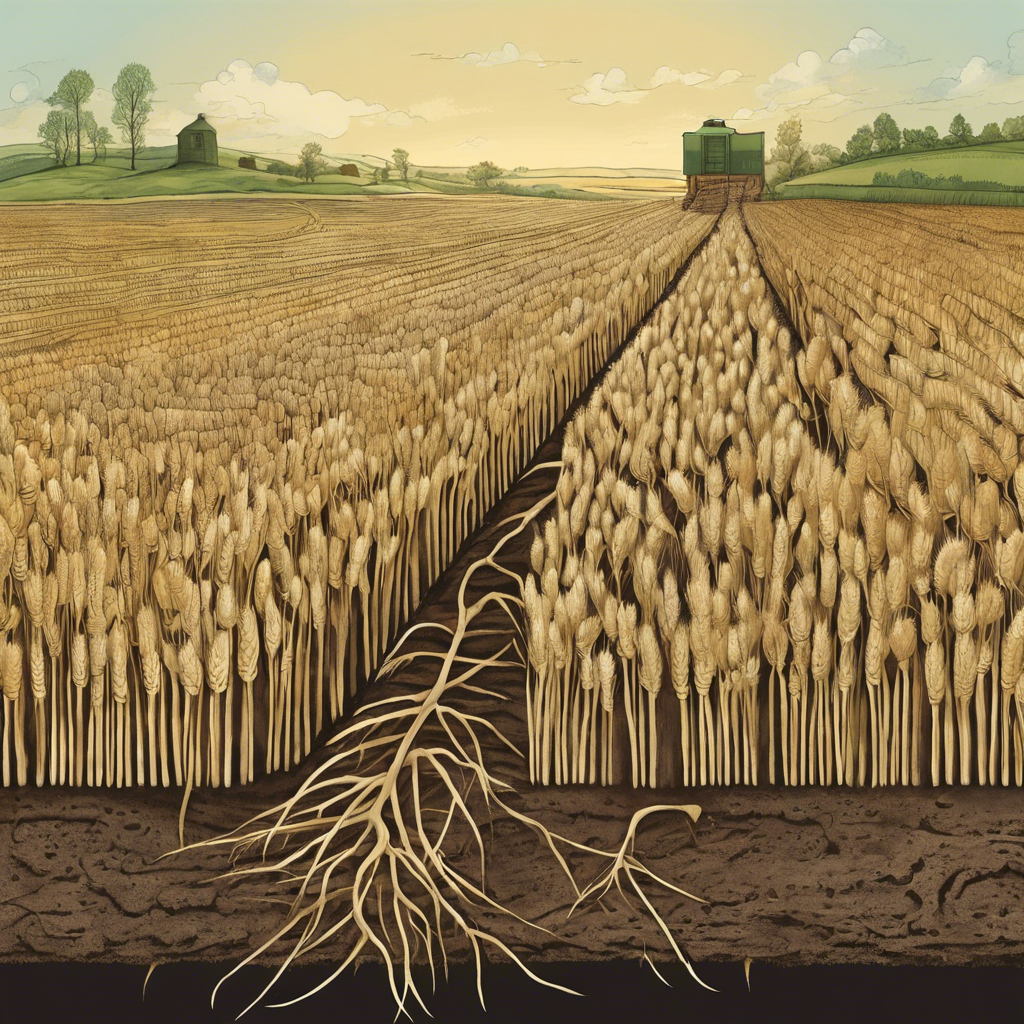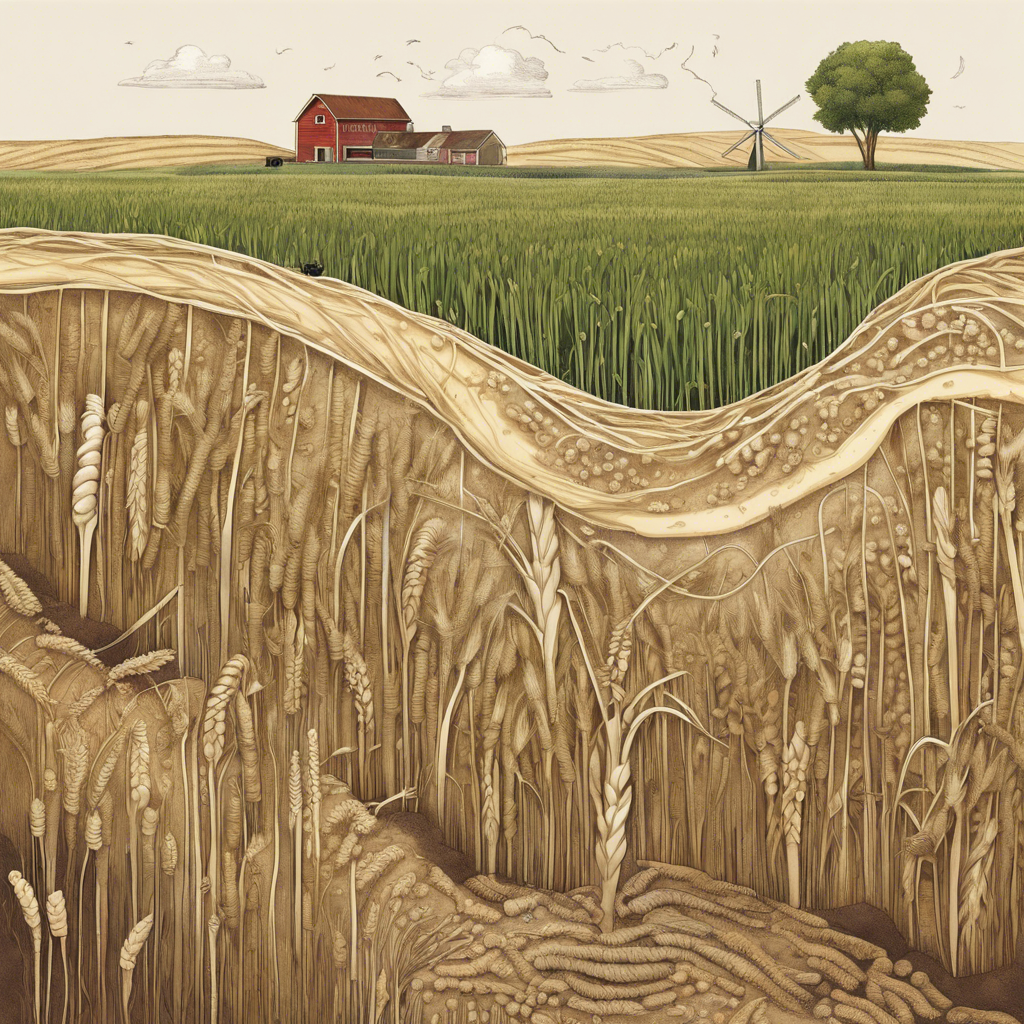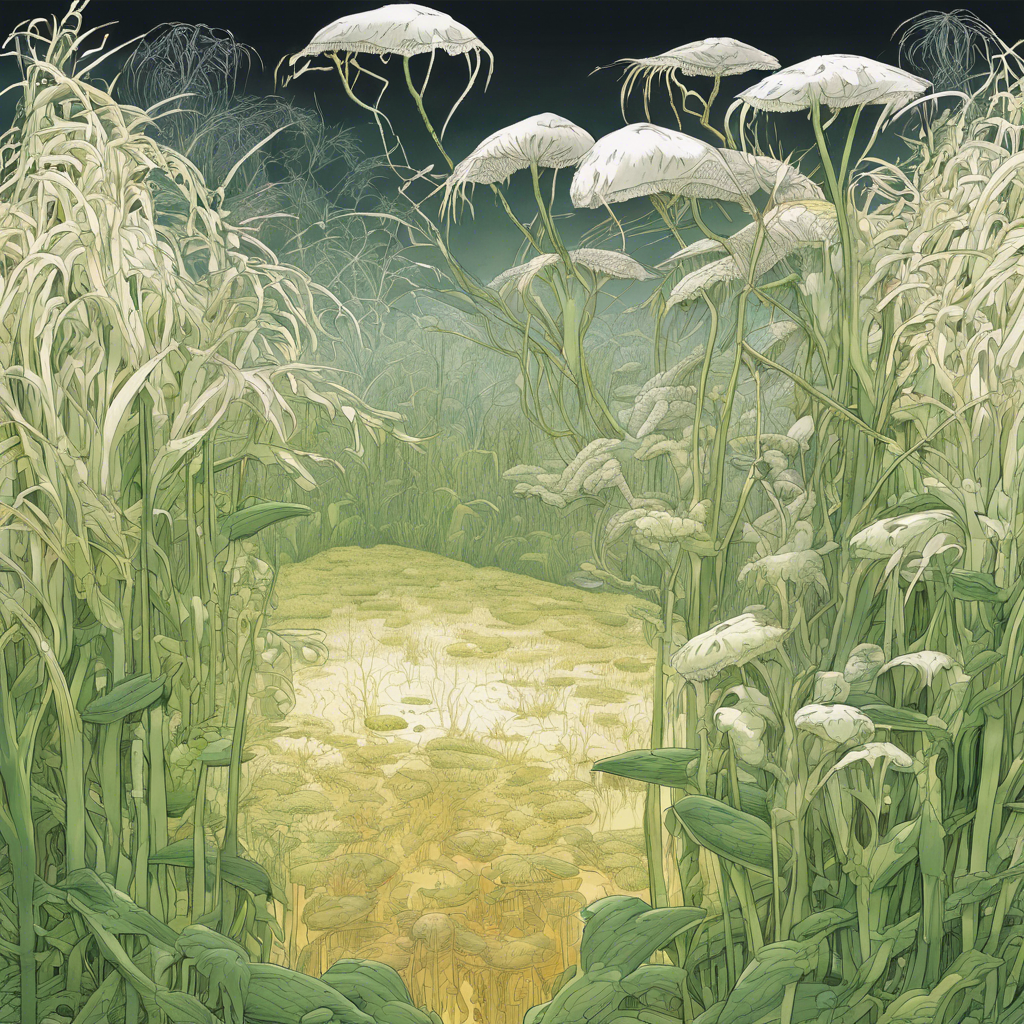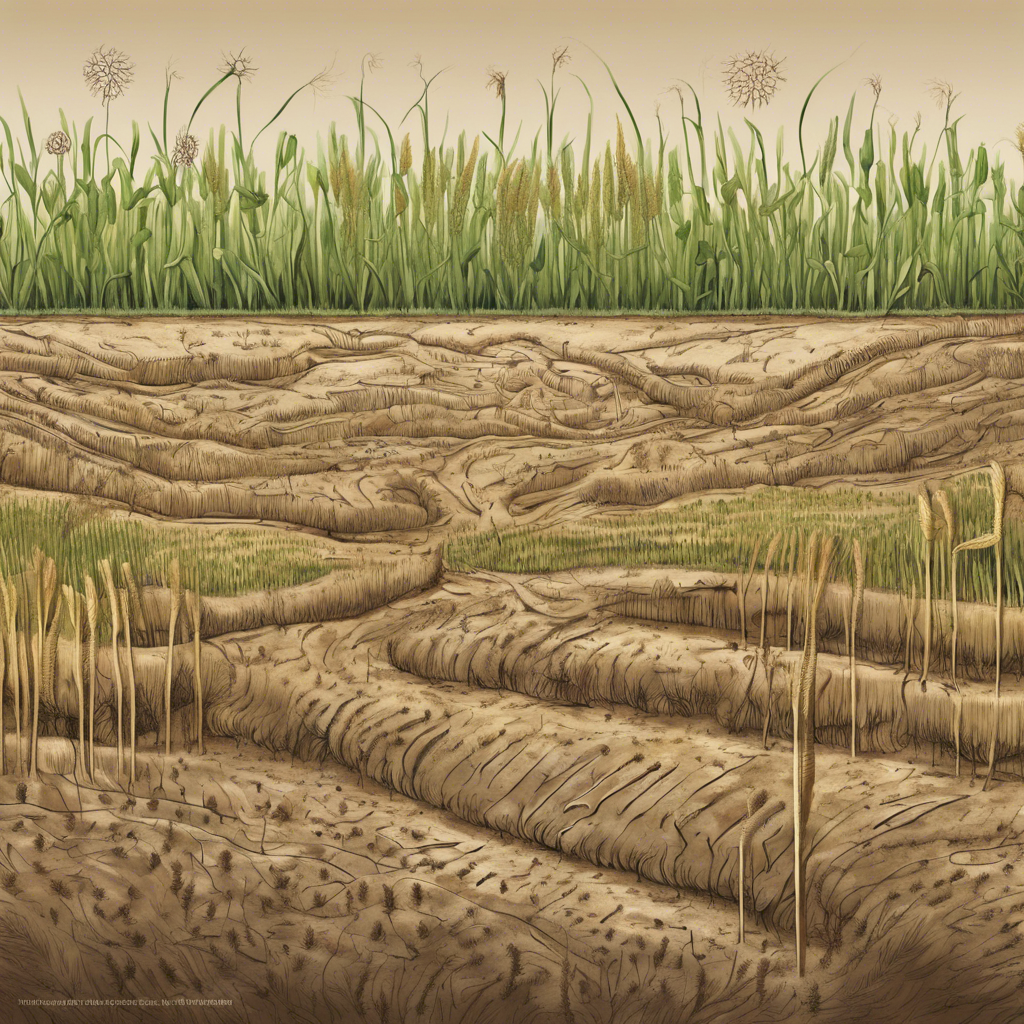In the agricultural world, the choices we make regarding crop nourishment have far-reaching implications. As we strive for sustainability, the comparison between biofertilizers and traditional fertilizers becomes increasingly critical. At Microbebio, we champion the use of biofertilizers for their myriad benefits, particularly in terms of environmental impact and pest and disease management.
Biofertilizers: Nature’s Ally
Biofertilizers, derived from natural sources, contain living microorganisms that enrich the soil by fixing atmospheric nitrogen, solubilizing phosphorus, and stimulating plant growth through the synthesis of growth-promoting substances. Here’s why biofertilizers stand out:
Environmental Sustainability:
-
- Reduced Chemical Runoff: Unlike traditional fertilizers, biofertilizers minimize the risk of chemical runoff into water bodies, thus protecting aquatic ecosystems.
- Soil Health: They enhance soil structure and fertility by increasing the organic matter content and microbial activity, leading to long-term soil health.
- Carbon Footprint: The production of biofertilizers generally has a lower carbon footprint compared to synthetic fertilizers, contributing to climate change mitigation.
Pest and Disease Resistance:
-
- Natural Pest Deterrent: Certain biofertilizers contain beneficial microbes that can outcompete harmful pathogens, reducing the incidence of plant diseases.
- Induced Systemic Resistance: They can trigger plants’ natural defense mechanisms, making crops more resilient to pests and diseases without the need for chemical pesticides.
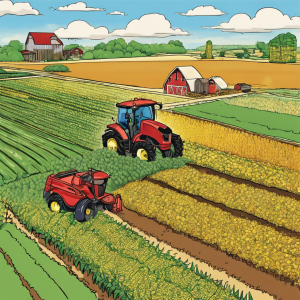 Traditional Fertilizers: A Double-Edged Sword
Traditional Fertilizers: A Double-Edged Sword
Traditional fertilizers, typically synthetic, are known for their immediate and high-impact nutrient supply. However, this comes with significant environmental and agronomic drawbacks:
Environmental Impact:
Water Pollution: Excessive use of chemical fertilizers can lead to nutrient leaching and runoff, causing eutrophication in water bodies and harmful algal blooms.
Soil Degradation: Over time, reliance on synthetic fertilizers can lead to soil acidification, depletion of soil organic matter, and reduced microbial diversity, ultimately degrading soil health.
Greenhouse Gas Emissions: The production and application of traditional fertilizers are significant sources of greenhouse gases, contributing to global warming.
Pest and Disease Management:
Chemical Dependency: The use of synthetic fertilizers often necessitates additional chemical inputs, such as pesticides and herbicides, to manage the increased susceptibility to pests and diseases.
Resistance Development: Overuse of chemical pesticides can lead to the development of resistant pest and pathogen strains, creating a cycle of dependency and escalating chemical use.
Why Choose Biofertilizers?
The benefits of biofertilizers extend beyond just nutrient supply. They are pivotal in fostering a sustainable agricultural ecosystem that prioritizes environmental health and crop resilience. Here’s why Microbebio advocates for biofertilizers:
- Sustainable Farming: By enhancing soil health and reducing chemical inputs, biofertilizers support sustainable farming practices that can be maintained indefinitely without harming the environment.
- Cost-Effective: While the initial application might seem slower in effect, the long-term benefits, such as improved soil health and reduced need for pesticides, make biofertilizers a cost-effective choice.
- Healthier Crops: Crops grown with biofertilizers are often healthier and more robust, with an enhanced ability to resist pests and diseases naturally.
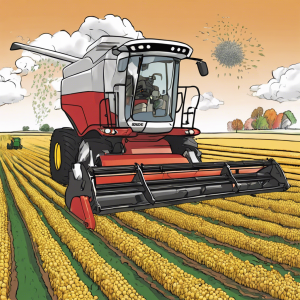 The choice between biofertilizers and traditional fertilizers is clear when considering the long-term health of our environment and agricultural systems. Biofertilizers offer a sustainable, eco-friendly alternative that not only nourishes crops but also protects our planet. At Microbebio, we are committed to advancing biofertilizer technology and supporting farmers in making the switch to greener, more resilient agricultural practices. Join us in fostering a healthier future for our crops and our planet.
The choice between biofertilizers and traditional fertilizers is clear when considering the long-term health of our environment and agricultural systems. Biofertilizers offer a sustainable, eco-friendly alternative that not only nourishes crops but also protects our planet. At Microbebio, we are committed to advancing biofertilizer technology and supporting farmers in making the switch to greener, more resilient agricultural practices. Join us in fostering a healthier future for our crops and our planet.
